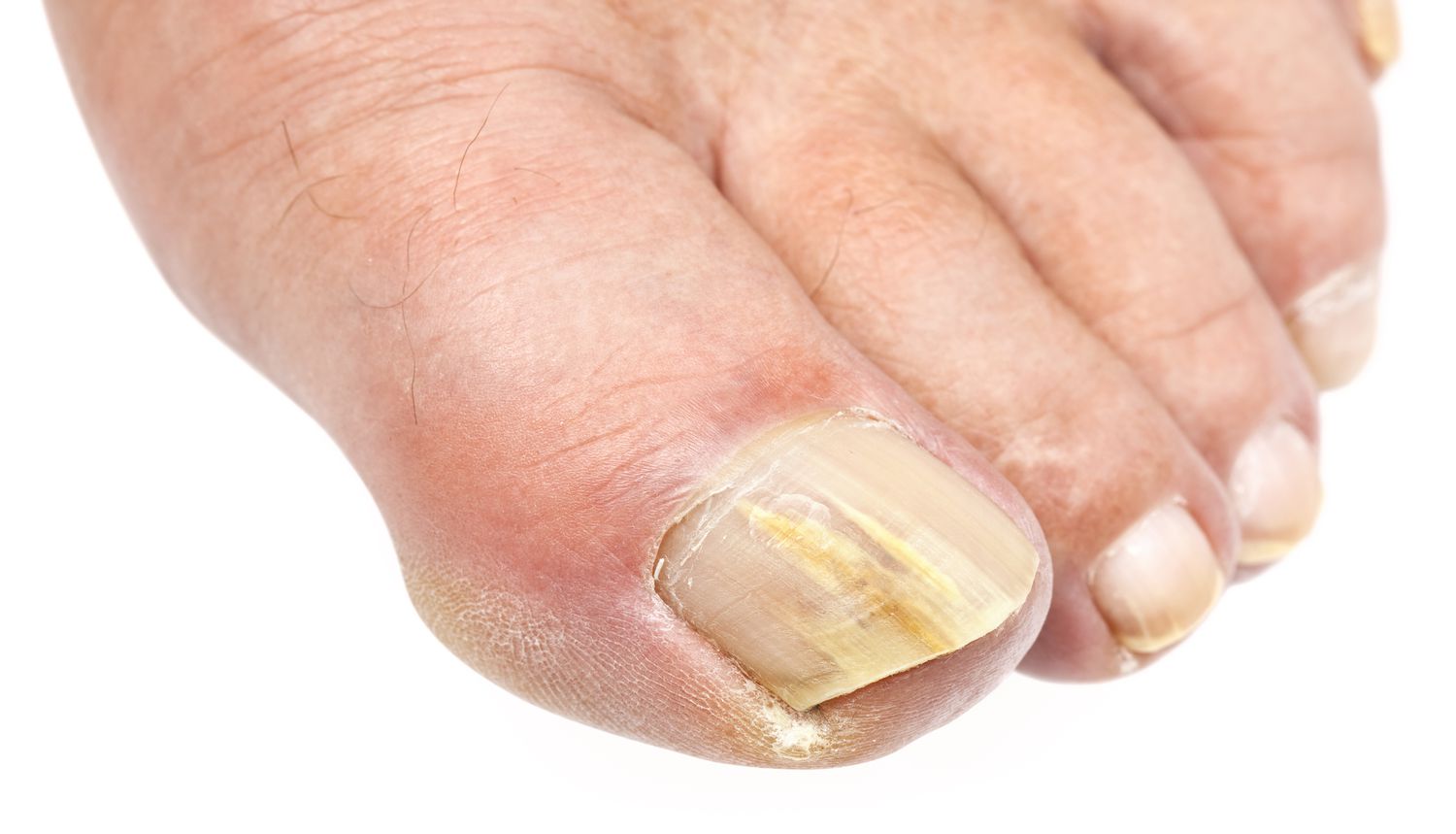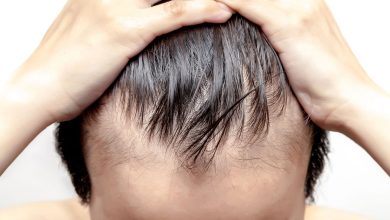How to Get Rid of Tinea Unguium in Just 3 Easy Steps!

Introduction
Tinea unguium is an infection that can cause a lot of discomfort. It’s not something to be taken lightly, but there are steps you can take to get rid of it fast and prevent it from spreading.
Tan What you can, treat what you can’t
If you can’t get to your dermatologist right away, the next best thing is to treat the skin with antifungal cream. You can use any type of effective over-the-counter antifungal cream or prescription medication.
- Make sure that you apply it twice a day and keep it on for at least 48 hours after treatment has finished, unless otherwise instructed by your doctor or pharmacist.
- Wear socks with nylon mesh material inside them when you go out in public so that no sweat gets trapped between your feet and causes more dirt buildup than usual (which could lead to future infections). This will also help prevent fungi growth underneath those same areas where sweat collects between layers of fabric—and again, this could make things worse!
- Use a foot file regularly throughout the week after taking showers/bathing; this removes dead skin cells from between each toe nail plate so there won’t be any friction when walking around on hard surfaces like floors covered by carpeting etc., which might cause tinea infections down below too!
Should i Be Worried about Tinea Unguium?
No, tinea unguium is not an STD. It’s a fungal infection of the nails that can be caused by a number of things, including poor hygiene and even certain medications. Tinea occurs when fungi invade the skin and grow beneath the surface of your nails, causing them to become discolored or even thickened.
There are two main types of tinea: Trichophyton rubrum (the most common type), which affects mostly black people; and Tinea corporis (which affects mostly white people). Both infections are caused by fungi called dermatophytes. These microscopic organisms thrive in warm moist environments like your shower stall or basement bathroom sink where they feed on dead skin cells produced by bacteria living on your body’s surface layer (called keratinocytes).
If a Toe is Infected, It’s Not Going To Heal Itself.
If a toe is infected, it’s not going to heal itself. It will continue to spread and cause more pain and discomfort. In fact, tinea unguium can lead to other health problems!
The best way to treat this condition is with prescription medication that contains azoles like ketoconazole or clotrimazole. These drugs will kill fungus spores in the skin while they are still small enough to be removed by your body’s natural processes.
Related Articles: Tinea Unguium Causes, Symptoms, Diagnosis and Treatment
People With Tinea Unguium Often Experience Itching So Severe That They’re Not Able To Sleep In The Same Bed As Their Partner.
If you have tinea unguium, itching is a common symptom. The itching can be so severe that it prevents the sufferer from sleeping in the same bed as their partner. Itching in feet and hands can be very uncomfortable, even painful.
Tinea unguium is caused by yeast called Malassezia furfur, which forms a thick layer of skin cells on top of your skin. This layer traps moisture, making it difficult for your body to sweat normally and spreading out further into other areas such as underarms or groin area (where pubic hair grows).
Your Hands And Feet Need Moisturizing Twice As Much As Other Areas Of Your Body Because They’re Exposed To Sweat And Dirt.
Your hands and feet need moisturizing twice as much as other areas of your body because they’re exposed to sweat and dirt. No matter how hard you try to keep them clean, if you don’t take care of them properly, the skin will become dry and cracked.
Your hands and feet are also more prone to breakouts from bacteria that live on your hands or feet than those of other parts of your body—so being proactive about keeping them clean is crucial! To help prevent breakouts:
- Use a lotion that contains fragrance-free ingredients like shea butter (for example).
- Apply moisturizer before bedtime so that it has time to absorb into your skin overnight without interfering with sleep quality.* Use high SPF sunscreen every day when going outside in direct sunlight (and reapply every two hours if sweating).
This Condition Is Caused By A Yeast Called Malassezia Furfur.
Tinea unguium is caused by a yeast called Malassezia furfur. This is a normal part of the skin’s microbiome, and it can be easily treated with antifungal creams or sprays.
Keep Your Skin Clean To Stop Whatever Causes Your Skin Problem From Spreading.
- Keep your skin clean to stop whatever causes your skin problem from spreading.
- Use a gentle soap, not harsh detergents or alcohol-based products on your hands and feet, which can dry out the skin and make it more prone to infection (especially in the winter).
- Dry thoroughly after washing with warm water, as well as between toes or between fingers — especially if they’re cracked or broken!
Conclusion
When you’re suffering from tinea unguium, it’s important to stay positive. There are many treatments that can help get rid of this annoying condition. If you’re not sure what to do, talk with your doctor or dermatologist about treatment options. The sooner you start taking steps towards getting rid of tinea unguium the better off you’ll be!




